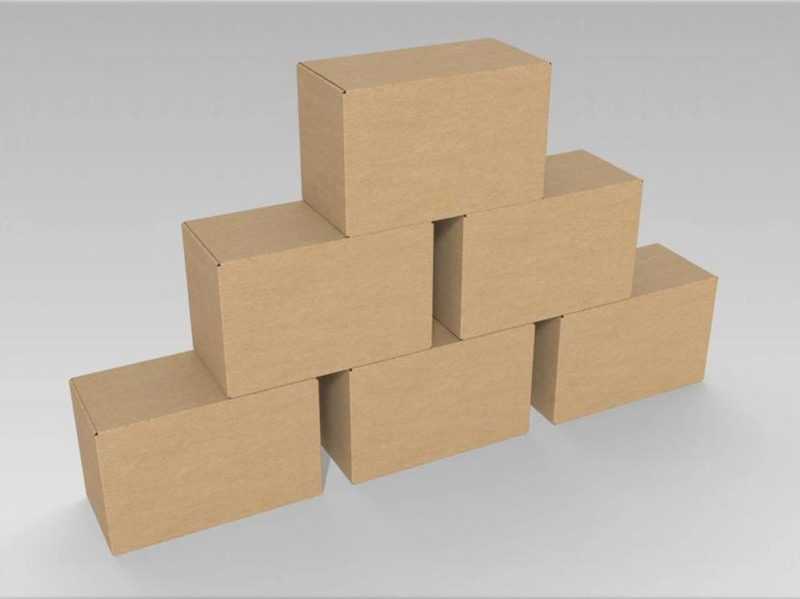A corrugated box is made from corrugated board and formed into a box through a series of processes such as slitting, slotting, die-cutting, creasing, and either gluing or stapling. These boxes are common in everyday logistics and transportation, extensively used in the e-commerce industry, making them one of the most important packaging products in the world today.
With economic development, corrugated boxes have evolved from purely transportation packaging to a combination of transportation and sales packaging. This has led to higher demands from downstream industries for corrugated boxes, including excellent forming effects, product protection, exquisite printing, lightweight properties, and a need for integrated packaging solutions. Therefore, it is essential for professionals in the packaging industry to understand the structure of corrugated boxes.
Below are examples and common structural parameters of corrugated boxes.
Corrugated box dimensions come in three forms: outer dimensions, manufacturing dimensions, and inner dimensions. These dimensions consist of the length, width, and height of the box.
The high-low line of a corrugated box refers to the difference in the crease lines of the inner and outer flaps. The crease line for the inner flap is slightly lower than that of the outer flap, by the thickness of one corrugated sheet.
Chamfering involves cutting out notches on the corrugated board to facilitate flap folding. This process is closely related to creasing and directly impacts the accuracy and appearance of the box. The center of the notch should align with the crease line, with minimal deviation. Rounded chamfering prevents rough edges and enhances appearance. The R parameter determines the size of the notch gap, which should not be too small to avoid waste removal difficulties.
Also known as the adhesive flap length, this is a crucial part of box formation. Typically, the length ranges from 30-45mm, adjustable based on the main body size and bonding method.
Three bonding methods are available:
The glue flap is offset at both ends to prevent interference with the flaps.
Also known as the outer flap length and inner flap length. Generally, the flap connected to the longer side and placed outside is the outer flap, while the flap connected to the shorter side and placed inside is the inner flap. The inner flap does not close completely when folded.
